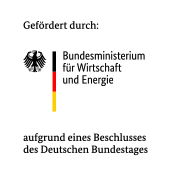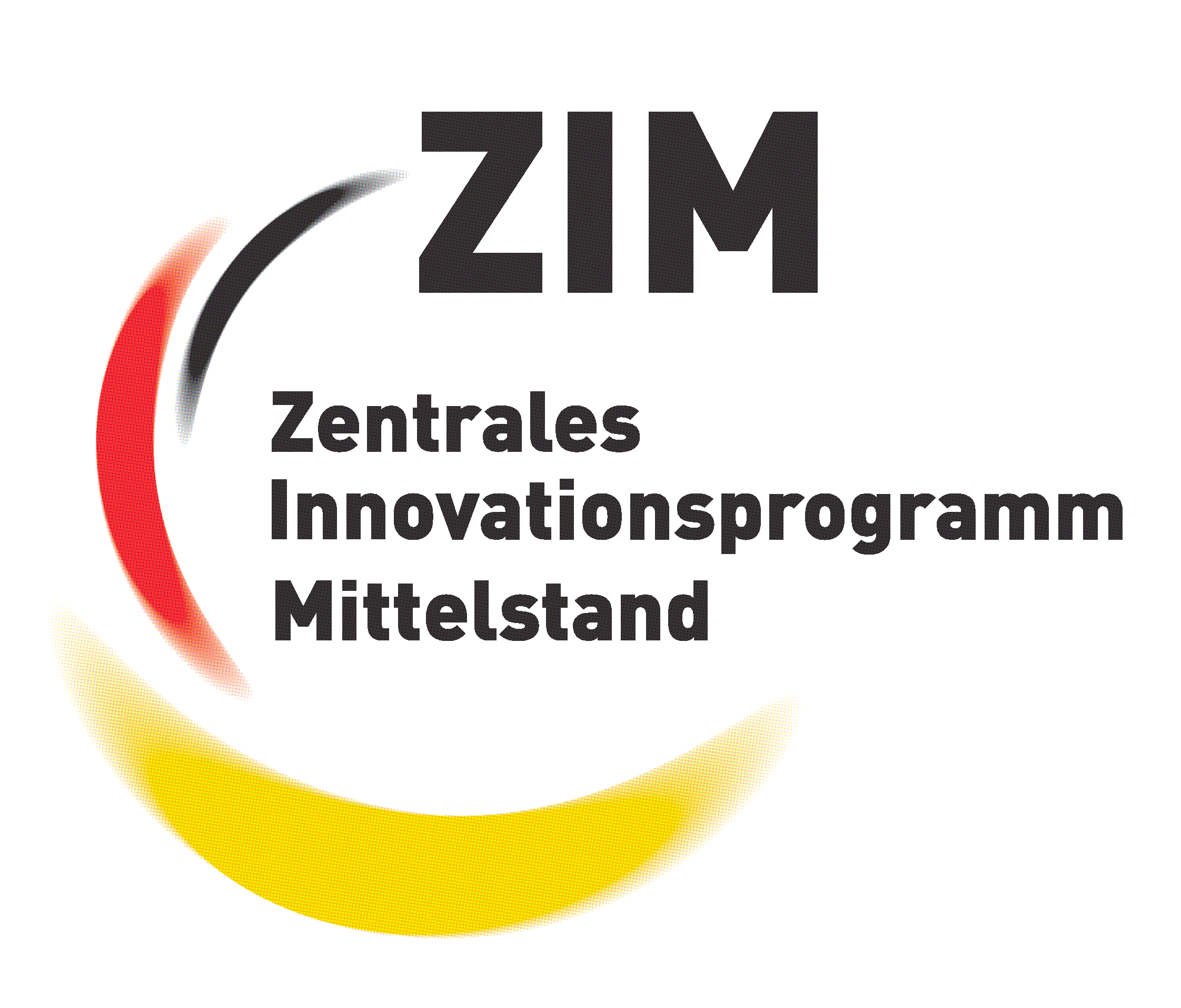Development of a process for resource-efficient recycling of printed circuit board scrap by microwave pyrolysis in rotary kilns
ZIM project ZF4042207RE7
Project partners
RWTH Aachen University, Department for Industrial Furnaces and Heat Engineering (IOB)
RWTH Aachen University , Process Metallurgy and Metal Recycling (IME)
Fricke und Mallah Microwave Technology GmbH
Project duration
01.09.2017 — 31.08.2019
Summary
The aim of the research and development project is the development of a novel process for the thermal treatment (pyrolysis) of printed circuit board scrap in microwave-heated high-temperature rotary kilns, which leads to a significant improvement in the recycling rate of printed circuit boards and thus to energy and resource savings.
Nowadays, printed circuit board scrap is usually added in small quantities to copper smelting plants such as the ISA Smelter and thus recycled. The recycling capacity in Germany is smaller than the amount of scrap produced, as limits on exhaust emissions limit the use in copper smelting processes. The recycling rate is currently around 45 %. This leads, among other things, to the dumping or illegal export of printed circuit board scrap.
The new process to be developed is upstream of the copper smelting processes and uses the effect that when printed circuit boards are heated at temperatures above approx. 350 °C, the organic material volatilizes. This dissolves the mechanically inseparable composite of glass fibre mat and metal. The resulting fractions, a highly copper-containing metal concentrate as the main product and a combustible hydrogen and hydrocarbon-containing pyrolysis gas, carbon and ash as by-products, can then be optimally processed separately in different processes. By separating the organic and inorganic components, the amount of exhaust gas produced and the pollutant emissions in the copper smelting process are reduced, so that this process can achieve a recycling rate of up to 100% for printed circuit board scrap while also complying with future exhaust gas limits.
The work packages are divided in such a way that Fricke and Mallah first construct a demonstrator and set it up at the IME. This is used by the IME to develop and optimize the process. In parallel, a process model based on the design and measurement data of the demonstrator will be developed at the IOB, which will be used both for the design of larger plants and for process control.


The research project with the funding code ZF4042207RE7 is funded by the Federal Ministry of Economics and Energy on the basis of a resolution of the German Bundestag.
